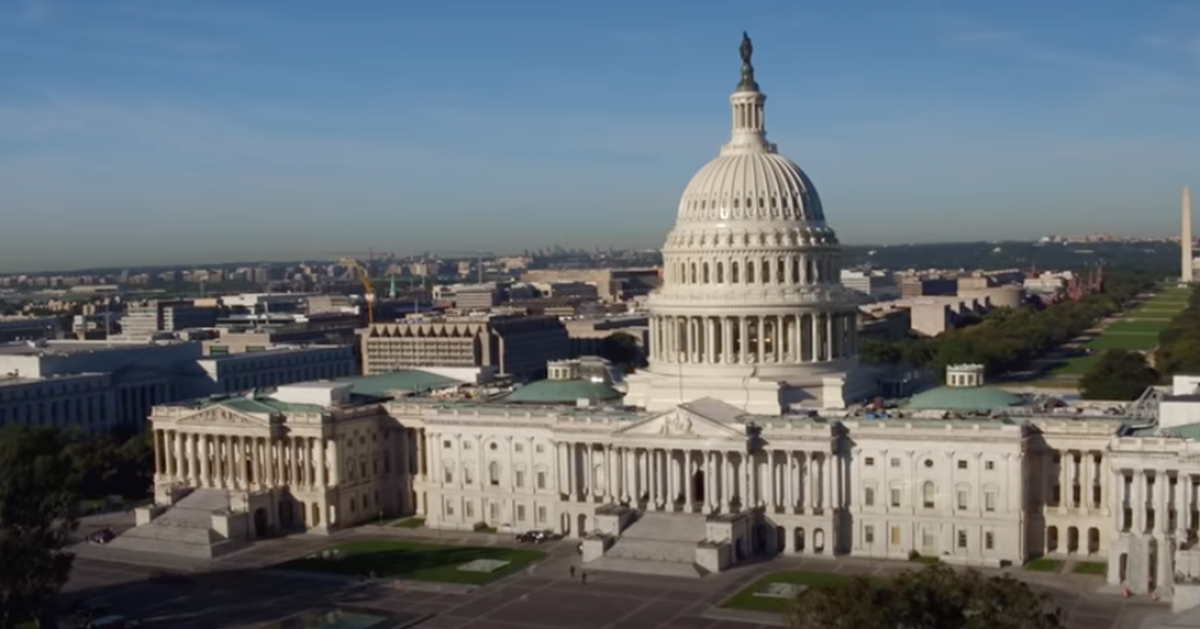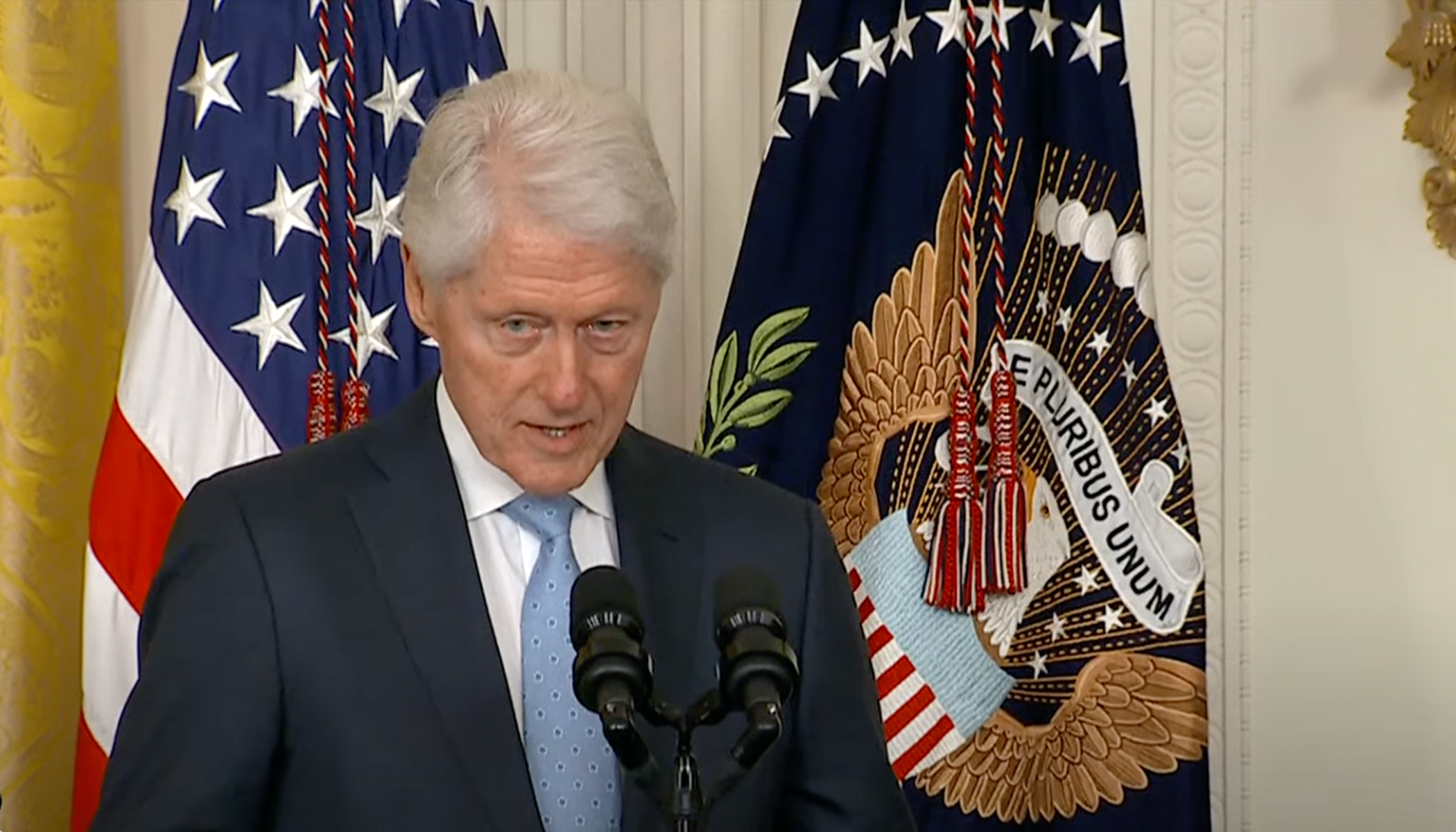Communication lapses suspected in fatal Potomac helicopter crash: NTSB
A tragic midair disaster claimed the lives of 67 individuals on January 29 when an Army Black Hawk helicopter collided with an American Airlines plane over the Potomac River in Washington, D.C.
The National Transportation Safety Board (NTSB) is currently conducting an investigation to identify potential failures in communication and equipment malfunction as contributory factors to the accident, as Fox News reports.
The incident happened during an Army "flight check" close to Ronald Reagan Washington National Airport. The Black Hawk helicopter and the passenger plane operated by American Airlines collided in midair, resulting in no survivors from either aircraft.
Possible Communication Breakdowns Considered
The NTSB is examining whether the helicopter crew missed crucial messages from air traffic control in the moments leading up to the collision. A communication from the tower instructed the Black Hawk to "pass behind" the CRJ passenger plane; however, this message appears to have been missed by the helicopter crew.
This overlap in radio transmissions between the Black Hawk and the control tower may have caused the helicopter crew not to hear the warning. The control tower message was issued less than 20 seconds before the tragic impact, potentially contributing to the lack of avoidance measures.
Instructor pilots had contemplated the need for the helicopter to move left, towards the east bank of the Potomac River, potentially avoiding the path of the oncoming passenger plane.
Altitude Discrepancies and Instrument Data Investigated
The Black Hawk's flight path data suggested it was flying at an improper altitude of 278 feet. Conflicting altitude readings between cockpit instruments and the flight data recorder are under analysis, raising concerns about data integrity.
NTSB chair Jennifer Homendy highlighted the conflicting data issue, stating that the team is not disclosing the full altitude information due to these discrepancies. The NTSB is exploring whether information in the cockpit differed significantly from what the flight recorder indicated.
Homendy also pointed out that visibility factors, including the use of night vision goggles by the Black Hawk crew, will be part of the broader inquiry to understand what the crew could see during the flight sequence.
Equipment Malfunctions Under Examination
The ADS-B system on the Black Hawk, a traffic conflict-prevention tool, was reportedly not operational during the flight. Investigators are tasked with determining if this was due to the system being switched off or experiencing failure.
The absence of the ADS-B's function is a notable aspect of the ongoing investigation, which has significant implications for flight safety and collision avoidance.
Furthermore, the lack of an audible reaction from the Black Hawk crew captured by the cockpit voice recorder reflects their apparent unawareness of the imminent collision, adding another layer of complexity to the probe.
NTSB's Multi-Faceted Approach
The NTSB is conducting a thorough examination of all factors, including communication, mechanical failures, and human factors, which could have led to the January 29 collision. Their goal is to establish a clear causative narrative of the events.
Homendy expressed the challenges faced by the investigation team when dealing with conflicting data. The presence of potentially inaccurate data in the cockpit has necessitated a detailed data integrity check.
This tragedy has spurred the NTSB to ensure lessons are learned that could prevent such incidents from occurring in the future. The findings of the investigation are likely to influence future aviation safety protocols.
Investigation Remains Ongoing
The Potomac River collision stands as a poignant reminder of the critical nature of communication and technology in aviation safety. As the investigation unfolds, all involved parties are eagerly awaiting definitive results that could offer closure and inform safer practices.
The NTSB's ongoing meticulous inquiry into the communication breaches, equipment functionality, and human factors is vital in understanding this fatal occurrence. Each piece of evidence contributes to a broader puzzle that aims to yield comprehensive insights.
Ultimately, the findings may not only illuminate the causes behind this incident but also shape preventive steps in military and civilian aviation operations to avert similar tragedies. The aviation community awaits these revelations with bated breath, determined to enhance protocols and avert future catastrophe.





